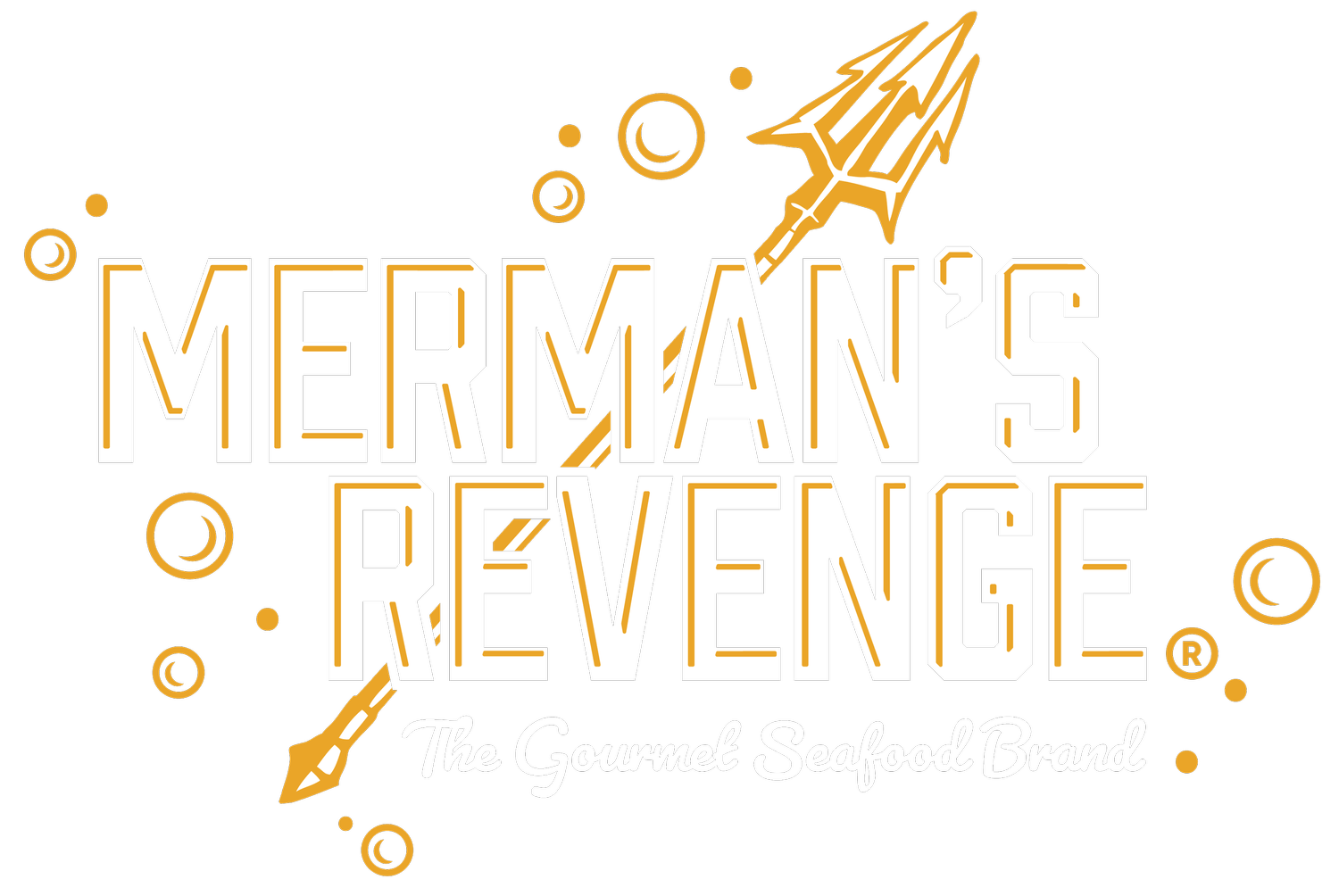How to Make the Perfect Pan-Seared Trout
If you find cooking fish at home intimidating, don’t worry—you’re not alone. The fear of undercooking or overcooking fish is real, but thankfully there’s a cure: we’ll show you how to do it.
In this video tutorial, we use our Lemon Pepper Seasoning, but feel free to use whichever of our seasonings you like best! And below the video, we’ve broken down some of the most important tips for you to refer to whenever you need them.
Now let’s get cooking!
Reasons to Pat Your Trout Dry
There are a few reasons to pat your fish dry before pan-searing, the main one being that it’ll guarantee consistency each time you cook. Think about it: if the fish is overly wet sometimes and drier other times, you’re gonna have a hard time getting the moisture levels right each time you fry them up.
Overall, patting fish dry means better texture, less mess, and more control. Let’s break it down further:
It promotes browning and crisp skin: Moisture creates steam, which prevents a good sear.
It reduces splatter: Less water hitting hot oil means fewer pops and messes.
It prevents sticking: A dry surface helps the fish release cleanly from the pan.
Mix Butter and Oil for a Higher Smoke Point
Generally speaking, mixing oil with butter lets you cook at a higher heat without burning. The oil raises the smoke point and helps prevent the butter’s milk solids from browning too fast, so you get that good buttery flavor but with better heat control.
However, keep in mind that different oils have different smoke points—and some have different flavors too. For example, unlike most other oils, unrefined flaxseed, safflower, and sunflower oil (first cold-pressed and raw) actually have a lower smoke point (225 °F) than unrefined butter (302 °F). These three are generally the exception to the rule.
Here are the smoke points of three commonly used oils:
Virgin olive oil: 410 °F
Canola oil: 428–446 °F
Coconut oil: 400 °F
On the other end of the spectrum, there are oils with extremely high smoke points such as refined avocado oil (520 °F) and refined safflower oil (510 °F). You could also go for clarified butter (ghee) for a smoke point of 482 °F.
So, what’s the difference between unrefined butter (“regular” butter) and clarified butter (ghee)? Clarified butter is heated beforehand to remove most of the water and milk solids, giving it that higher heat resistance and longer shelf life. Ghee is also described as tasting a bit more like browned butter with a more pronounced flavor that’s nutty and rich.
Cook Trout Skin-Side Down First
This protects the delicate flesh of the fish from the intense heat of the pan and allows the skin to crisp up nicely and become flavorful.
Starting skin-side up often leads to sticking, tearing, and uneven cooking. It’ll just make your life harder! Additionally, the skin-side won’t crisp as well and may turn out rubbery.
The Ideal Temperature and Carryover Cooking Explained
The USDA recommended safe temperature for cooked fish is 145 °F. However, chefs have been known to pull fish off of heat early (like around the 140 °F mark) as hot fish will continue to cook internally from there.
This method is called “carryover” cooking. You may be familiar with rinsing pasta or soaking boiled eggs in cold water after cooking to prevent exactly this. But carryover cooking can work in our favor too, especially with things like fish (which people don’t typically dunk in cold water after cooking).
So instead of halting carryover cooking at temperature with a bucket of ice, you can simply remove your fish from the heat right before it reaches its ideal temperature and let the carryover cooking do the work for you. This is meant to prevent overcooking and allow the fish’s heat level to peak at the target temperature. Ultimately, you want your fish to look opaque and flake easily when it’s done.
Plate and Enjoy!
You did it. Now, you can pan-sear trout like a champion. Pat yourself on the back!
If you found our tips and video tutorial helpful, we’ve got tons more on our YouTube channel. And remember: Cooking seafood at home shouldn’t be scary. Sometimes all we need is a little guidance.
Have fun and keep cooking up a storm!








